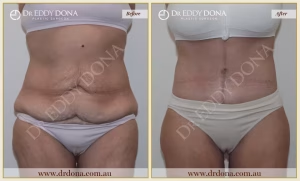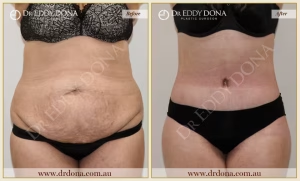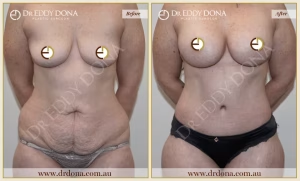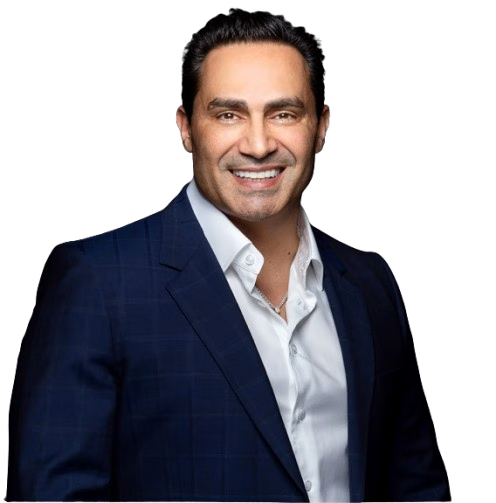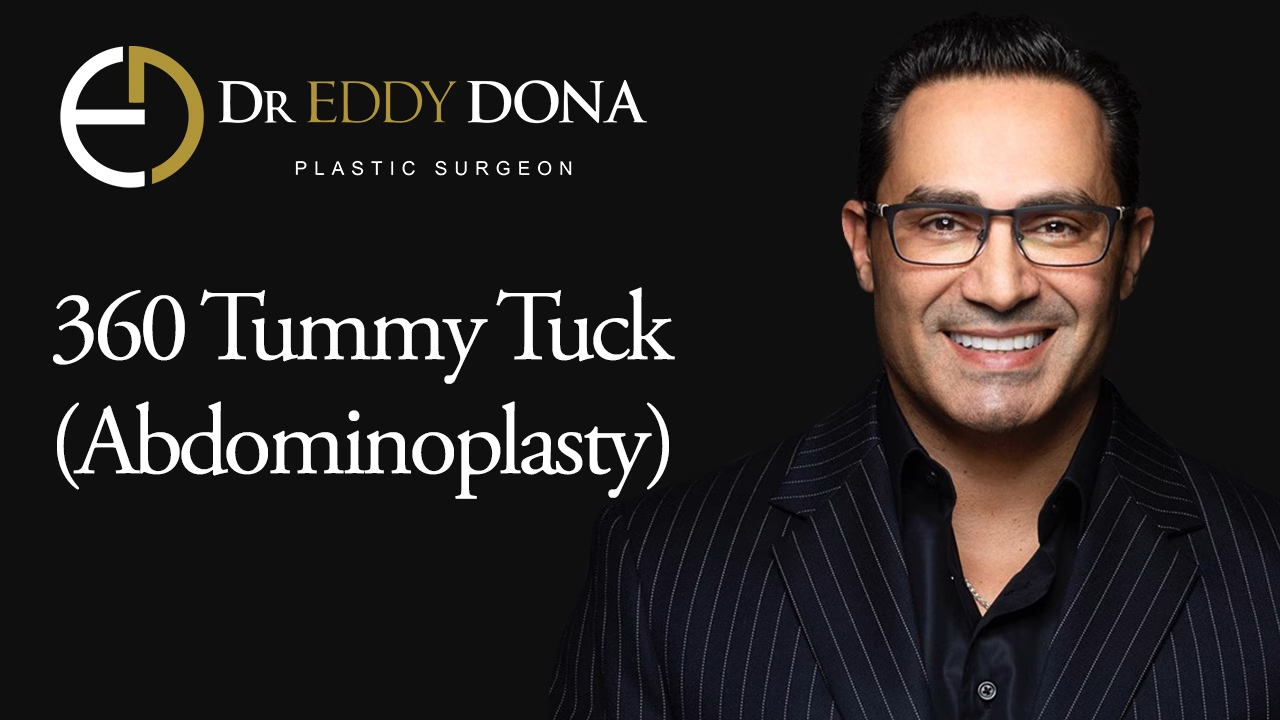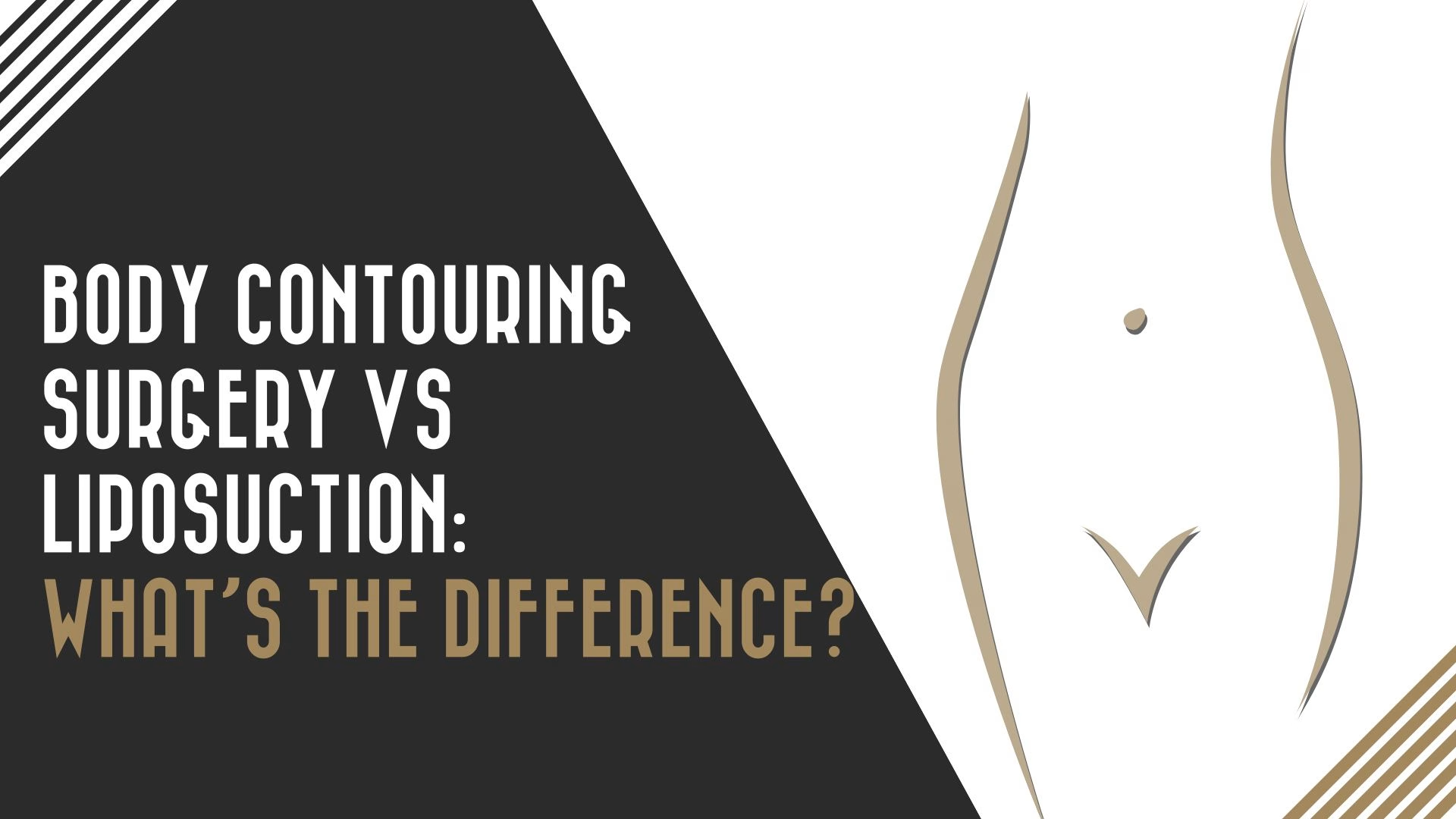What To Expect Immediately After Surgery
Your Body Lift procedure is performed in a private hospital under general anaesthesia. Depending on the procedure required, your surgery may take between four and six hours. Here’s what you can expect during the first two days after your surgery.
When you wake from surgery, the head of your bed will be elevated and a pillow will be placed under your knees to maximise your comfort. To minimise any potential fluid accumulating in your wounds, four drains are inserted – two from the buttock region and two from the front belly region — this will remain in place on average for two days. You will also have been fitted with compression garments. These garments are fitted to your torso and upper legs to help minimise swelling, reduce tension in the wounds and aid in healing.
You’ll have a catheter placed in your bladder. This will allow you to stay relaxed in bed without having to go to the bathroom – the catheter is usually removed on day two. Your IV drip will also be removed on day two after your procedure. This allows you to return home without any drains.
To help prevent DVT, you’ll have special massage devices on both legs. These are designed to minimise the chance of any blood clots developing by promoting blood flow.
Waterproof dressing will cover your wounds. This dressing will stay in place until you arrive at our clinic for your first HeaLED post-op appointment. During your appointment, your dressing will be removed, the areas will be treated with LED light, and micropore tape will be
applied to your incisions. Your micropore tape will be taken on and off between your appointments until one week post-surgery, and then it will remain off. Your wounds will be stitched using several layers of internal dissolving sutures.
Your First Two Days in Hospital
Here’s what you can expect regarding your recovery and wound care during your first two days in hospital.
WOUND CARE:
· Dressings – will cover your scars. These dressings will be removed during your first post-operative appointment, which is on the day you are discharged from hospital. For convenience, patients will often leave the hospital and come straight to our clinic for their first appointment.
· Medical tape – will remain on your incisions for the rest of the week after surgery.
· Stitches – are dissolvable, so they don’t need to be removed. However, on rare occasions, a stitch can get irritated and may require manual removal by one of our nurses.
· Drains – are usually removed on the second day after surgery, before you leave the hospital. At this time, your catheter and any other IV leads will also be removed.
· Topical cream: During your first post-op visit, you will be given medical-grade skin care cream to apply to your surgical incisions. We do not use silicone strips or any other topical products. Instead, our medical-grade topical cream provides a natural seal of bees’ wax (a binding ingredient in the product), while also sending nutrients deep into the second layer of skin. This topical cream also helps to accelerate healing and increase the formation of healthy scar tissue.
RECOVERY & ACTIVITIES
· Showering: You’ll be allowed to shower with assistance while in hospital. Surgical incisions need to be kept dry for one week post-surgery.
· Physiotherapy: If required, a physiotherapist will see you on the first day after surgery. This is so they can help you get out of bed and start to mobilise gently. The sooner you get out of bed after surgery, the better.
· Pain and discomfort: You may feel discomfort, along with shooting pains or a burning sensation. However, these sensations are usually associated with your drains, and the pain typically subsides. Numbness and tingling sensations will also usually diminish. However, in some cases, numbness can persist. This can occur with any scar or surgical site. Pain is often caused by inflammation and swelling. You’ll receive several LED light therapy treatments which will help to minimise inflammation and swelling and thus reduce pain.
· Bloating and constipation: These are common side effects after surgery, due to your strong pain medications and lack of activity — both of which slow down the bowel. To counteract this, you’ll be given a constipation medication called Movical. You’ll start taking this while in hospital, but you may wish to continue with it for a few days when you return home.
· Discharge medications: Discharge medications are standard for all patients. These typically include pain medication, blood thinners and antibiotics. Please take them as prescribed.
The Importance of Wearing Your Compression Garment
Immediately after surgery, we will fit you with compression garments. These garments/tights play a vital role in controlling swelling and helping with the healing process. You must wear these compression garments for at least six weeks. You can expect parts of your body to be very swollen initially; however, most of this will disappear over the first few weeks. You may also notice that the amount of swelling differs from one side to the other, but this is normal andnothing to worry about. Some people may benefit from wearing compression tights for many months after surgery to control residual swelling.
